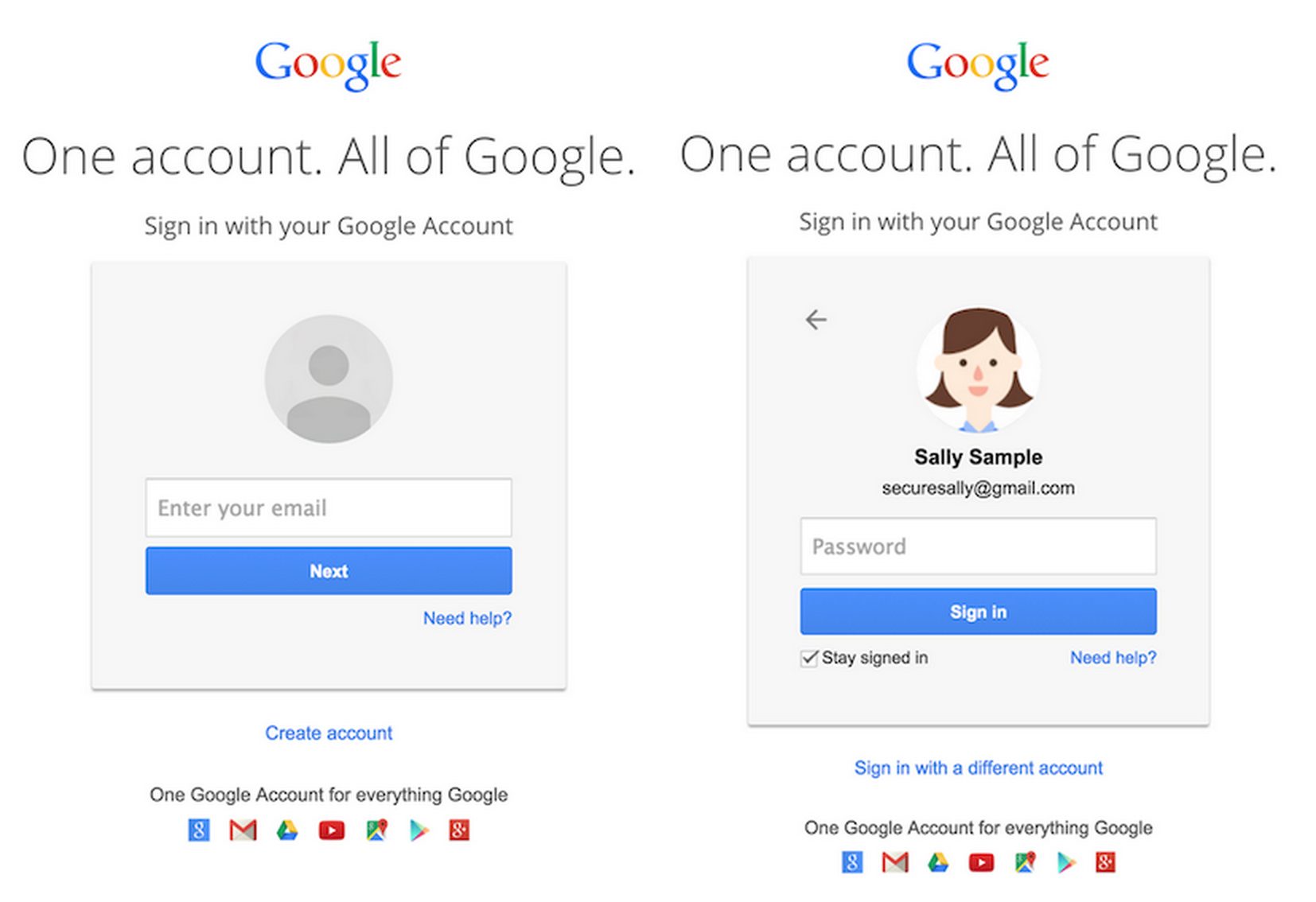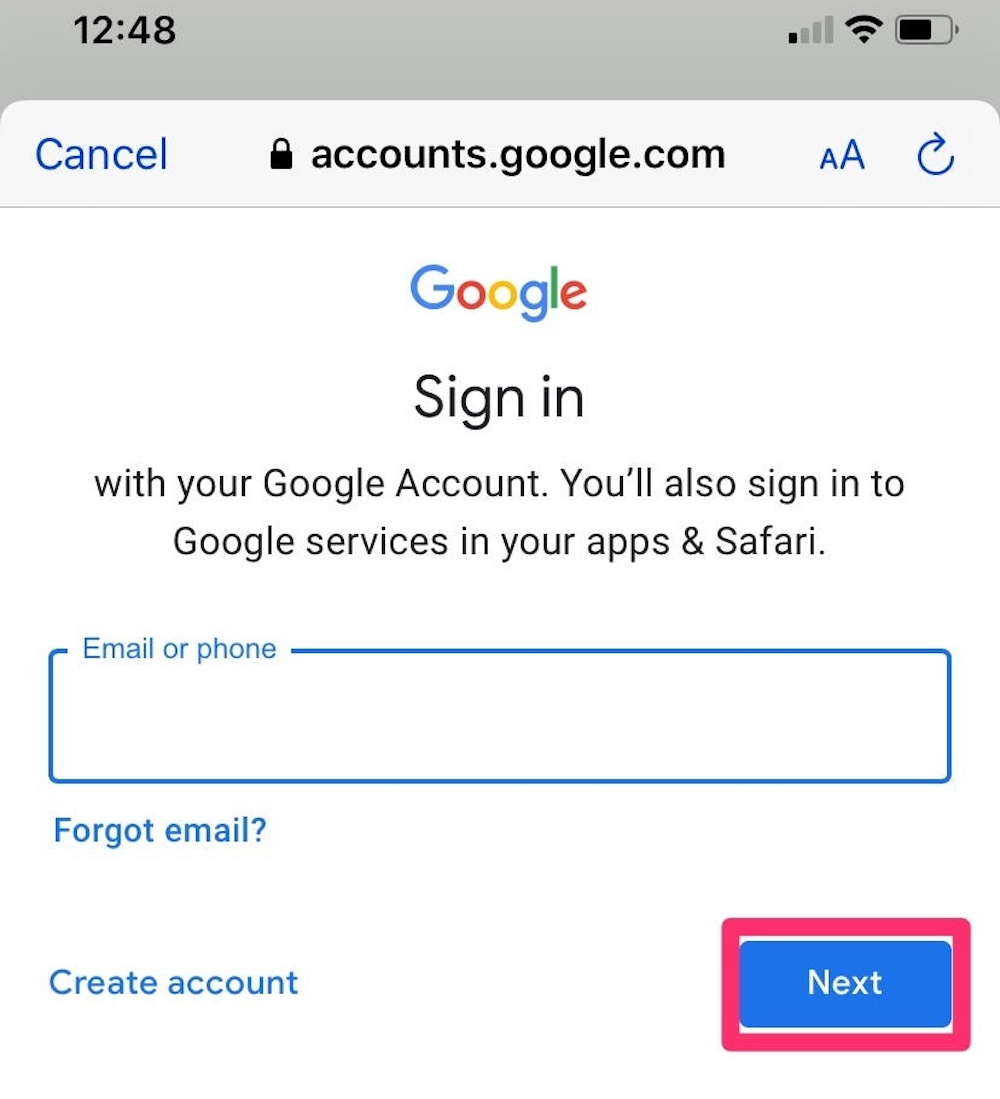
Given the severe security risk, we advise against sharing credentials.

Sharing passwords puts your Gmail account, customer data, and company reputation at risk.Īllows companies to send and receive emails using a single address. The trouble with this approach is that it’s a huge security risk. Perhaps the most obvious way to share email responsibilities among teammates is to share the login and password with everyone who needs access to the account. Those with a free, personal Google account may also use these methods for shared Gmail access, but the available features may differ. We’ll look below at some pros and cons of using Google Workspace products for managing your team’s incoming email.

The pros and cons of shared inboxes in Gmail The limitations of shared inboxes for Gmail users. Use cases best suited to a shared Gmail inbox. How to set up a Gmail delegated account and Collaborative Inbox. The pros and cons of Google’s shared email solutions. Each comes with a set of pros and cons that you should consider if you’re looking to set up shared email for your team. There are three main ways in Gmail to share your inbox: shared login credentials, delegated accounts, and collaborative inboxes (i.e., a Gmail group mailbox). Instead of only needing a way to facilitate person-to-person communication, organizations also need a way for entire teams or departments to manage a single inbox and work collaboratively to respond to incoming messages. Though Gmail is used both at home and in the office, the needs of teams in a business or education setting can be a bit different. The platform boasts over 1.8 billion users, many of whom use the platform for both personal and professional communication. Launched in the early 2000s, Gmail is one of the top email providers available, holding 29.5% of the market share of email clients.

If you’re like most people, when you think about email, you think of one product: Gmail.


 0 kommentar(er)
0 kommentar(er)
